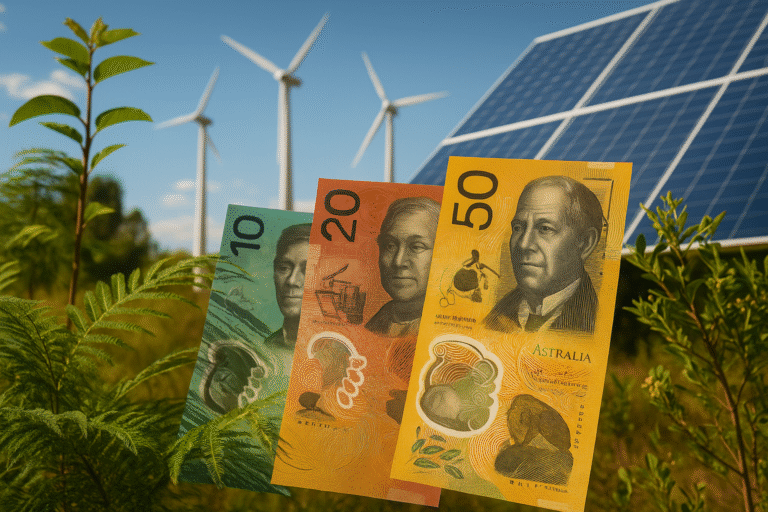Australia stands at a crucial moment in the race to a net-zero future. The shift to a low-carbon economy is no longer a distant goal—it’s happening now and moving fast.
The country has world-class research, strong institutions, and abundant natural resources to lead this transition. But according to Charlotte Connell, Head of Impact at Greenhouse, the real challenge lies in how funding is being used.
“We don’t have a climate innovation problem, nor a lack of capital. We have a climate capital deployment problem. If we don’t act quickly, we risk losing our natural advantage,” Connell said.
A new Catalysing Climate Capital report, prepared by Greenhouse with support from the City of Sydney, outlines how Australia and Southeast Asia can accelerate climate innovation. The study draws on summit insights, in-depth research, and over 20 interviews with investors, founders, and policymakers.
The findings are clear: funds and solutions exist, but the system is fragmented. Risk aversion and misaligned incentives are preventing capital from reaching climate solutions at the scale required.
Ben Lindsay, Greenhouse Principal, highlighted the mismatch:
“Too many investors apply conservative project-finance risk models while expecting venture-style returns. Venture capital is a different game—it needs a different mindset.”
Amanda Goodman, Partner at Planet Fund, stressed the need for a reset:
“We must rethink how we finance climate solutions. Traditional playbooks don’t fit the challenges we’re facing today. Deals should be structured around outcomes, not old models of risk.”
The report shares case studies of new funding models already working in Australia:
-
National Renewable Network (NRN): Raised AUD $67.2 million with a mix of debt and equity to scale climate hardware.
-
Investible + TRaCE Program: Sharing early-stage risk through a blended funding model that recycles returns.
-
Wedgetail Ventures + Foundation: Combining grants with equity to back regenerative climate and nature projects.
Connell argues that the next decade must focus on deployment, not just invention.
“We need ecosystem stewards to build bridges between government ambition and investable projects. This means supporting first-of-a-kind infrastructure, aligning finance to technology, and tapping into philanthropy and superannuation as active players.”
The report concludes with a warning and an opportunity: what Australia does in the next five years will shape not only its emissions trajectory but also its position in the global clean economy.

